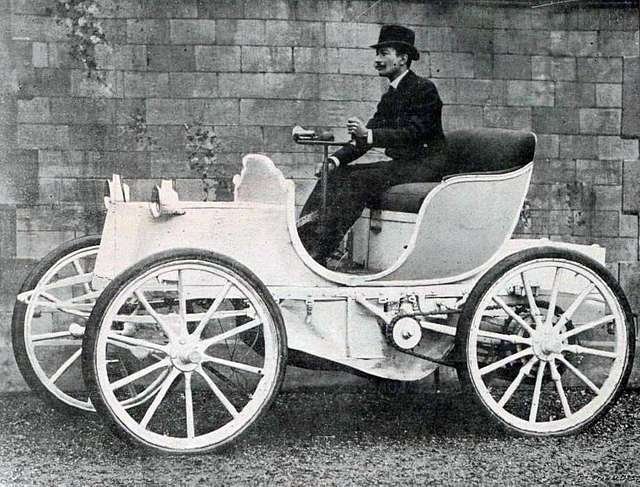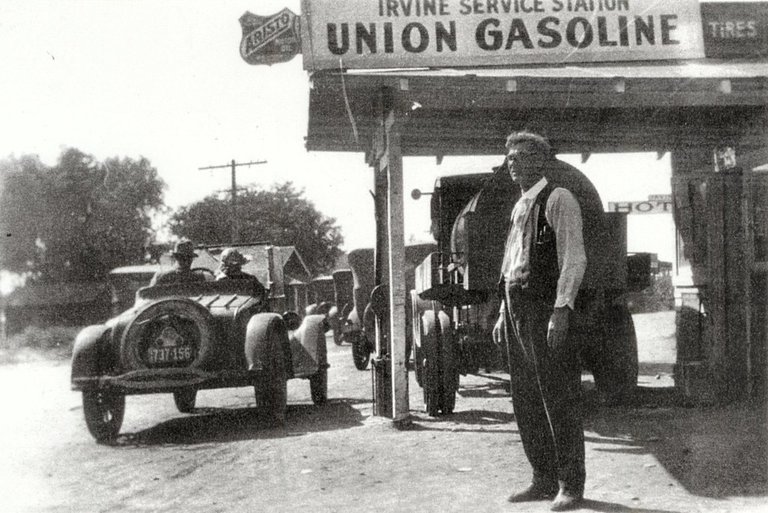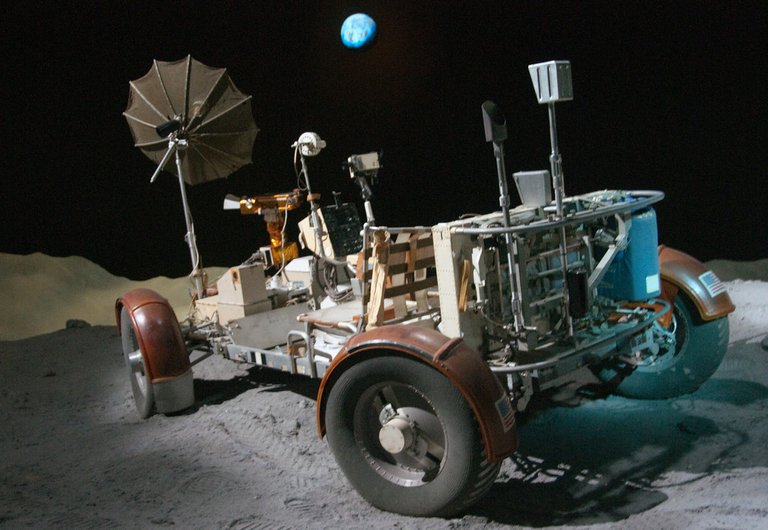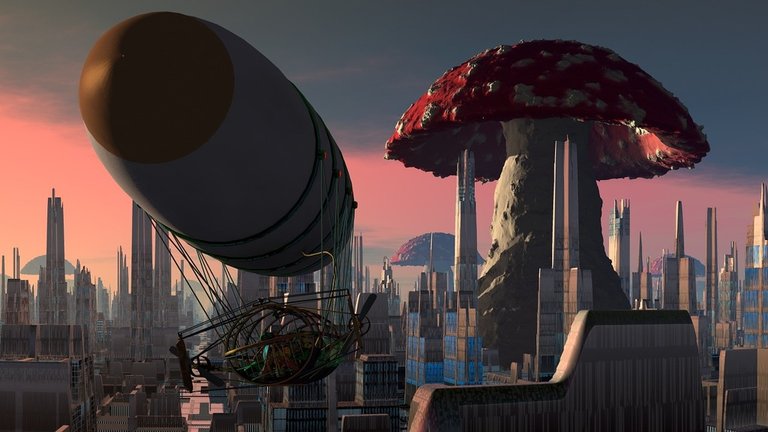The all electric impossible challenging future
Part 2.
At the end of the 19th century when horses were turning into a power scaling reference, amidst the bubbling creativity of inventors competing to revolutionise transportation, the electric car was actually more popular than its colleagues the ICE (Internal Combustion Engine) and the steam powered. They were more practical, more silent, cleaner and faster! (Yes, they could reach the dazzling top speed of 23 km/h!).

Count Gaston de Chasseloup-Laubat, on Jeantaud Duc électrique in 1899. - Public domain
As soon as the 20th century began, the road infrastructure developed fast and the ICE cars improved as fast to match the newly discovered need for going to the countryside to enjoy Grandma’s Sunday roast!
The batteries at that time did not improve enough to increase the short range of the electric car which began to lose ground fast. In the 1910’s, almost all the electric car makers stopped production. No major improvement will occur until the late 1940’s.
Big amounts of petroleum had been discovered and fuel became really affordable. The ICE ruled!

Irvine service station, circa 1920s - Orange County Archives
When the flowering Beat movement started to fructify into long-haired colourful creatures, some improvements in the batteries created a renewal of interest for the electrically powered engine. The electric car was not ripe to take the market over, but the energy crisis of the 1970’s kept feeding the idea that electric engines could be a valuable alternative to ICE. Some interesting projects of Electric Vehicles (EV) appeared, the most famous of all probably being the Moon Buggy.

Lunar Rover - Flickr/Eric kilby
From the start of the adventure of the combustion engine, the fumes from the exhaust pipes did not make everybody happy, but we had to wait until the 1990’s to hear the first officials voice it out! That’s when the California Air Resource Board (CARB) began pushing for lower-emissions vehicles.
At the same time in Europe, taxation was in favour of diesel thanks to their performance on the statistics for their low CO2 emissions.
In 2015 the Wolkswagengate and the evolution of gasoline engines proved that was a mistake in terms of ecology. During the same decade Mitsubishi and Tesla demonstrated that a large scale production of electric cars can actually be profitable.
Since then, the popularity of EV never ceased to dwell. The picture of green- silent-smoke-free cities became a standard amongst new generations of urban architects. The politicians and other officials who kept silent on the topic of car pollution for so long, suddenly are all praising the EV as THE solution to cleaner air. This radical change seems to be widely supported by the media along with other electrical machines (like the wind turbines I want to write about in another article), which gives an overall impression that electricity is the magical solution to stop global warming.

Airship /Mushroom city - Pixabay
End of part 2...